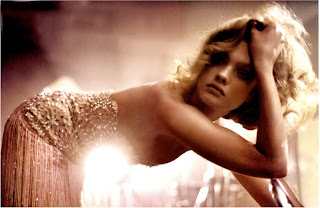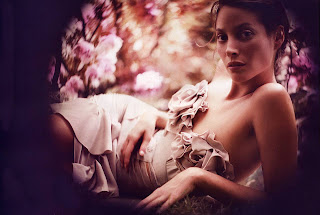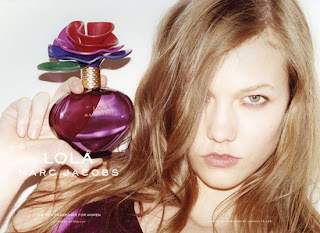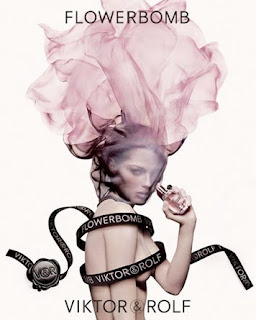

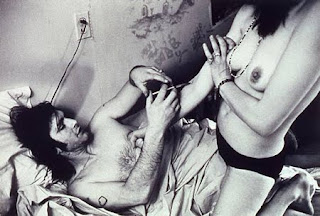
Larry Clack is American documentary photograph and film director. He is known for the film ‘Kids’ and his book ‘Tulas’. This book documents the aimless drug use, violence and sex activities of his friends. The photographs bin the book were taken between 1963 to 1971 and they combine documentary style photograph with intimacy and a raw edge to them. Most of all the photographs in the book have been taking in very low light and are all in black and white. The photos themselves are very grainy which I really adds to the hard edge of the subjects of the photos.
As I looked through the book the photographs seem to look so normal of young men and women jacking up and help each other with it. The photographs really like the viewer look at their lives and how they were living it. The image which really stands out for me is of a young girl jacking up. At first glance it shows the sunlight from the window in the room hitting the young pregnant girl, the light makes her look so beautiful and angelic, but as you look closer the young women is shooting up. The photograph which looked so innocent doesn’t any more.




